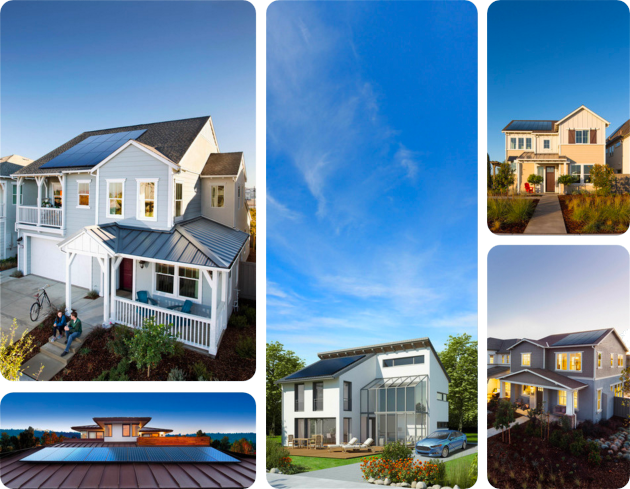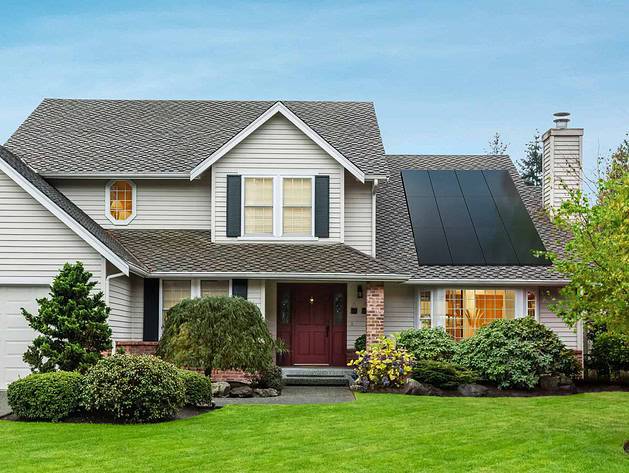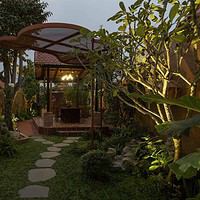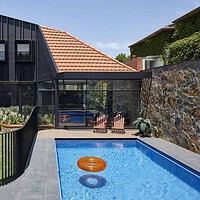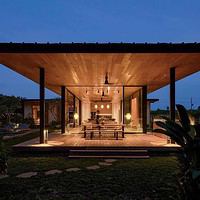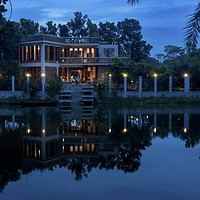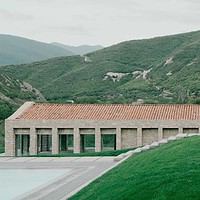Solar panel systems have been around for years, but are just now becoming a mainstream option in residential real estate. Yet despite the clear energy efficiency and long-term savings, a portion of the marketplace has hesitancies in regards to design and aesthetics.
A solar panel installation with average efficiency is good for the average house; the reason is that there will be adequate space on the roof to hold enough panels to provide energy to the home.
If you’re like other discerning homeowners, you’re probably asking questions like: How can I integrate solar into my property without hurting the curb appeal and design of my home? Well, read on – because we have answers.
Choosing a Proper Location
When installing a solar panel system on your property, the physical location of the solar panels and other components is a key element in the equation.
Most homeowners begin by considering the roof. Because the roof is typically the highest point on the property, it often makes for the best location. Solar panels typically produce the most energy when they’re facing south. If the back or side of your house is oriented to the south, it’s much easier to utilize roof space without compromising curb appeal. But if the front of your house faces south, you may need to look elsewhere on the property.
Think about placing secure battery storage options in El Cajon, for example, in a storage room or garage. It’s important to consider the aesthetics of these options, as they will be visible on your property.
The solar panels may be the largest components of the system, but there are other elements to think about – like solar battery storage. Battery storage systems can be large and should be installed in an area of the property where they won’t disrupt visual design. If you have an unfinished basement, large utility room, or open garage, these are all ideal locations.
Ground Mounts vs. Roof Mounts
While most homeowners choose to have their solar panels mounted on a roof, there are alternative options for those who don’t like the look of roof mounts and/or don’t have the proper roof orientation for optimal energy production. For those with large tracts of land, ground mounts are worth looking into.
Generally speaking, ground mount solar panels are more expensive to install than rooftop solar. (They require extra labor and permitting.) However, they often generate better long-term ROI for properties that aren’t well suited for roof panels. That’s because, unlike rooftop solar systems that require the perfect angle and clearance from obstructions, ground-mounted panels can be located wherever conditions are ideal.
Another benefit of ground-mounted solar panels is that you aren’t limited by the size of your roof. You can grow your system to account for your energy consumption needs without much issue.
Innovative Solar Panel Designs
While some homeowners are proud of their roof-mounted solar panels, other homeowners would prefer a more discreet look. Thankfully, photovoltaic technology has improved and we’re now seeing more practical and inconspicuous products hit the market.
“The latest generation of solar products integrates photovoltaic cells with traditional building materials, such as roof shingles or slates, so they are part of the building, not an add-on,” HGTV explains. “These products are best suited for new construction or new roofing projects rather than retrofits. While it’s not necessary to cover your entire roof with solar slates or shingles to power your house, as with conventional PV panels, your roof does need to face south, southeast or southwest.”
Photovoltaic skylights are another option. While they still have the appearance of solar panels from the outside, they allow you to enjoy and embrace natural sunlight indoors. From the inside, they look like large, modern skylights.
Then there’s “solar skin.” Developed by a Boston-based startup, these panels are designed to match the appearance of the existing roof without limiting efficiency or reducing production.
According to ASME, “The layer utilizes selective light filtration to display an image while still transmitting light to the underlying solar cells, using advances in color science and human visual perception.”
Solar skin is definitely the most expensive option on today’s market – costing roughly 10 percent more than traditional photovoltaic systems – but it’s a good choice for the discerning homeowner with room in the budget. For those with more patience, the expectation is that costs will drop as adoption increases in the coming years.
Enjoy the Best of Both Worlds
Gone are the days when you have to choose between curb appeal and energy efficiency. With alternative choices, new innovation, and evolving technology, it’s possible to have a home that’s both sustainable and aesthetically pleasing. Consider all of your options prior to making an investment.

